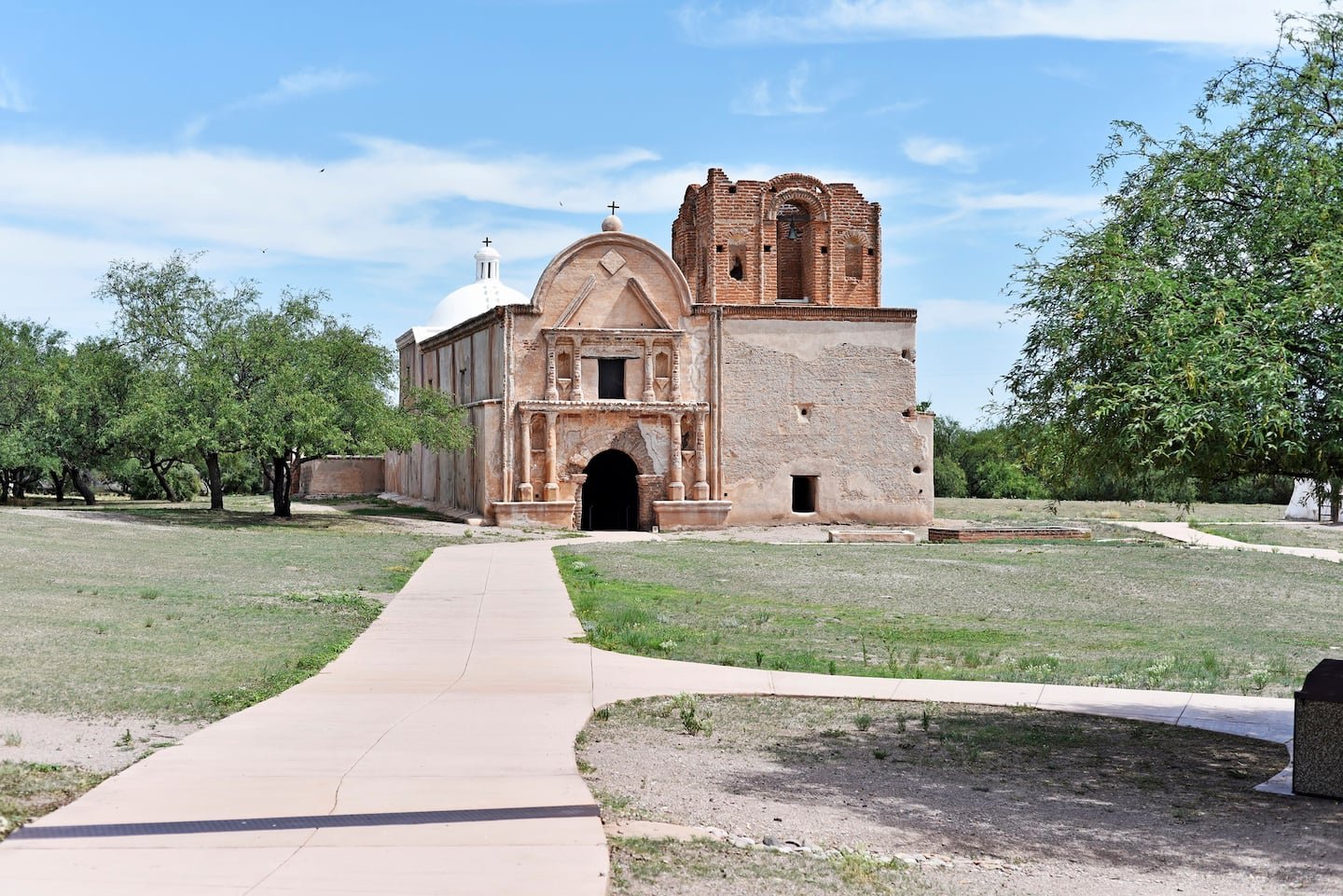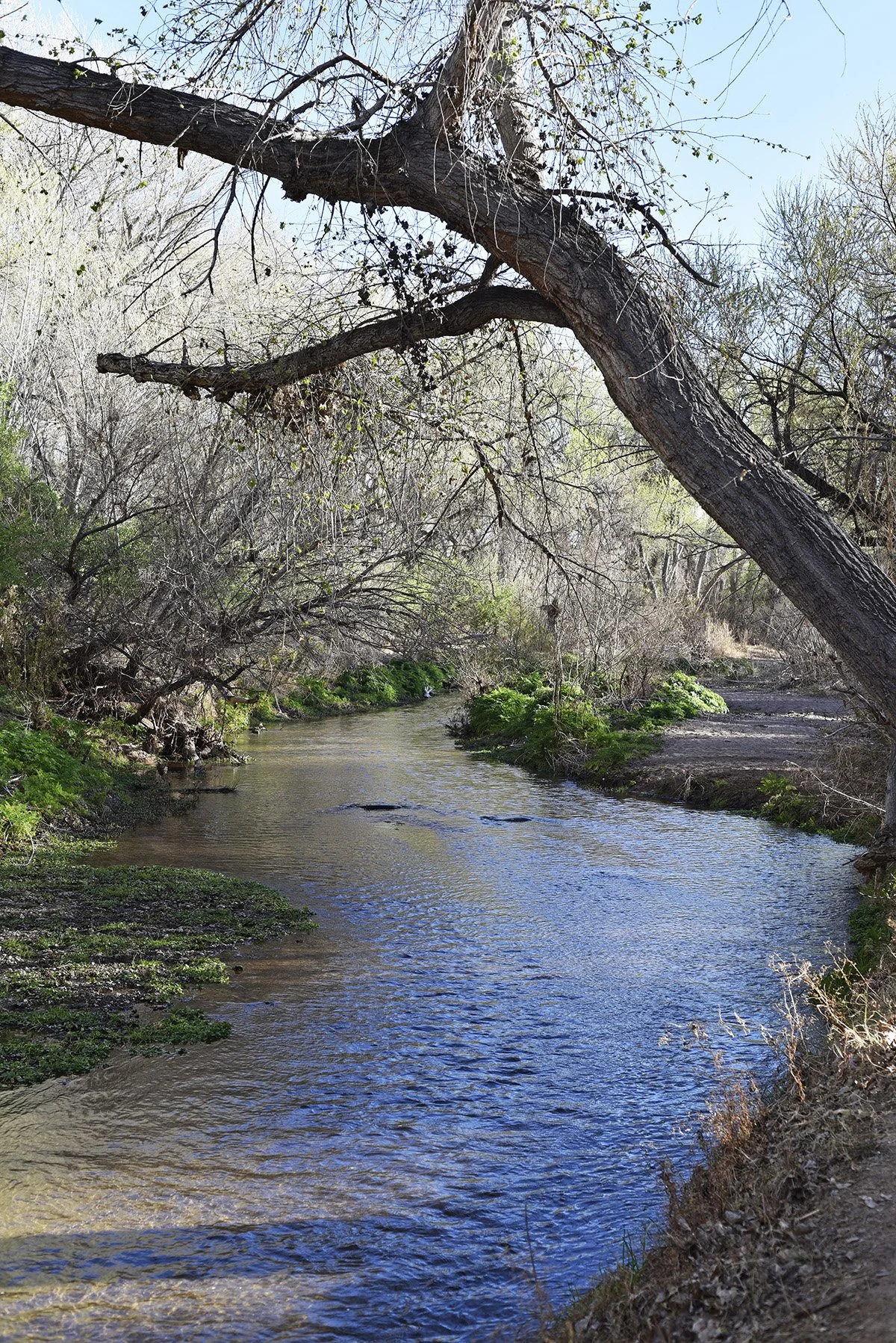Why You Need to Visit this Arizona National Park
“It was our intention to turn back from Tucubavia to Cocospera, but from the north some messengers or couriers of the Sobaipuris of San Xavier del Bac, more than forty leagues, journey, and from San Cayetano del Tumacacori, came to meet us, with some crosses, which they gave us, kneeling with great veneration, and asking us on behalf of all their people to go to their rancherias also.
The father visitor said to me that those crosses which they carried were tongues that spoke volumes and with great force, and that we could not fail to go where by means of them they called us. Whereupon we ascended to the valley of Guevavi, a journey of about fifteen leagues, and arrived at the rancheria of San Cayetano del Tumacacori, where there were some Sobaipuris headmen, who had came twenty and twenty-five leagues from the north.
In San Cayetano they had prepared us three arbors, one in which to say mass, another in which to sleep, end the third for a kitchen."
- Padre Eusebio Francisco Kino
Would you like to visit this oasis in the Sonoran Desert? Yes, I want to visit Tumacacori!
It was this invitation from messengers of the Indigenous communities of Bac and Tumacácori that heralded one of the first Hispanic establishments in what is now the state of Arizona, the mission of San Cayetano de Tumacácori. Today, the nearby mountain in Santa Cruz County still bears that original name given by Padre Kino in the 1690s, however, the present church we see today was the third mission built at the site during the twilight years of the Spanish empire in the early 1800s.
Having the privilege of working for the National Park Service at Tumacácori, there was a particular task that was one of my favorites during my work day. On some mornings, I’d prepare and light the mesquite firewood to heat the comal (griddle) for the park’s cultural demonstrators who prepare both flour and corn tortillas for visitors. Experiencing the scent of the mesquite fire intermingling with the misty dampness of dawn would catapult me into time traveling, sensing what that first encounter must have been like at the end of the seventeenth century. For me, it became a ritual at a special place.
Helping harvest Quince from the Heritage Orchard
Another favorite duty was the early tranquility of being the first to open the church doors whose walls were raised during the twilight era of New Spain. The golden light of the sun rising streamed through the windows bathing the reredos, the natural pigment fresco paintings meant to simulate altars and decorations, in brilliant golden color.
Original Natural Pigment Frescos
While the ruins are a wonder to explore, there is another world just adjacent to the mission. An important artery of nature in the Arizona-Sonora borderlands is the Santa Cruz River which crosses the international border twice and flows north from Mexico into the U.S. This is a prime bird-watching country in one of the most endangered types of forests in North America, the cottonwood-willow gallery forest, which line the waterways of the borderlands. Here, one can immerse in nature and observe the transitions in the flora and fauna of the five seasons, with the extra monsoon season, at the park.
So what are you waiting for? Join us on Borderlandia’s next excursion to Tumacácori to uncover the cultural and natural landscapes of the Sonoran Desert.
The Facade of Third Mission
Would you like to visit this oasis in the Sonoran Desert? Yes, I want to visit Tumacacori!
~~~~~~~~~~~~~~~~~~~~
Like this article and learning about the cultural heritage of the borderlands?
Sign up for our free digital magazine for more and receive our 5 Things You Need to Know Before Visiting Mexico Checklist.





